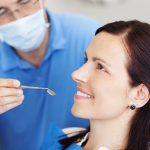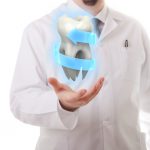
Most patients seem to have reasonable expectations of the care they receive from their dental providers. It is reasonable for our patients to expect us to provide the right amount of treatment for their dental needs- no more and no less, for a reasonable fee. For the majority of patients, the dental service most often received is of a periodontal nature, such as a prophylaxis or periodontal maintenance procedure. This generally occurs two to four times a year. Restorative treatments such as ...
Read More









